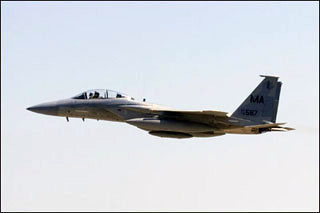Course Description
In the past building prototypes of electronic components for new projects/products was limited to using protoboards and wirewrap. Manufacturing a printed-circuit-board was limited to final production, where mistakes in the implementation meant physically cutting traces on the board and adding wire jumpers - the final …
In the past building prototypes of electronic components for new projects/products was limited to using protoboards and wirewrap. Manufacturing a printed-circuit-board was limited to final production, where mistakes in the implementation meant physically cutting traces on the board and adding wire jumpers - the final products would have these fixes on them! Today that is no longer the case, while you will still cut traces and use jumpers when debugging a board, manufacturing a new final version without the errors is a simple and relatively inexpensive task. For that matter, manufacturing a prototype printed circuit board which you know is likely to have errors but which will get the design substantially closer to the final product than a protoboard setup is not only possible, but desirable. In this class, you’ll learn to design, build, and debug printed-circuit-boards.
Course Info
Instructor
Departments
Learning Resource Types
assignment
Problem Sets
notes
Lecture Notes

The F-15E Strike Eagle: An array of avionics and electronics systems gives it the capability to fight at low altitude, day or night, and in all weather. (Image courtesy of Armchair Aviator on Flickr.)










